Panoramic Photo Above:
Forbes Field, Pittsburgh

Baseball History Comes Alive Now Ranked As a Top Five Website by Feedspot Among All Baseball History Websites and Blogs!
(Check out Feedspot's list of the Top 35 Baseball History websites and blogs)
Guest Submissions from Our Readers Always Welcome! Click for details
Subscribe to my blog for automatic updates and as a Bonus get instant access to my two Free Special Reports: “Memorable World Series Moments,” and “Gary’s Handy Dandy World Series Reference Guide!”
White Sox 1916-18 Photo Gallery
Click on any image below to start Photo Gallery:
Spotlight on the World Series: White Sox vs. Giants, 1917
I love photos of ball players with their sons….But in this case it’s a manager with his son!
Thanks to Don Stokes for finding this neat photo of White Sox manager Clarence “Pants” Rowland and his son Clarence, Jr. (or is it “Pants” Jr.??). Believe it or not, this little guy, who was the White Sox bat boy, went on to become Chairman of the Chicago Board of Trade! I wonder if there are any other bat boys who later achieved this level of success? This gives me an opportunity to say a few words about the 1917 World Series which featured one of the most controversial plays in World Series history. Read on to see what is was!
The Series was played from October 6-15, 1917.Pants Rowland was the manager of the White Sox and made his only post-season appearance. The White Sox beat the Giants four games to two, which was played against the backdrop of World War t. The Giants were managed by John McGraw, who had won pennants in 1911, ‘12, and ‘13, but lost all three World Series. A strong White Sox team had finished the regular season 100–54 (.649), the only one-hundred-win season in franchise history; while the Giants went 98-56 (.636). The Series featured a total of six Hall-of-Famers: White Sox Eddie Collins, Red Faber, and Ray Schalk; Giants John McGraw; plus umpires Bill Klem and Billy Evans. Other umpires were Cy Rigler and Silk O’Laughlin.
Eddie Collins was the hitting star, batting .409 over the six games; while Eddie Cicotte and Red Faber combined to pitch 50 out of a total 52 innings for the Sox. The great athlete Jim Thorpe made his only World Series “appearance” during Game Five, where he was listed in the lineup as starting in right field, but for his turn at bat in the top of the first inning he was replaced by Dave Robertson.
The first two games were played at Chicago’s Comiskey Park. The Sox won Game One 2–1 behind a complete game by Eddie Cicotte, with Happy Felsch hitting a game-winning homerun in the fourth. The Sox won again in Game Two, 7–2 behind Red Faber’s complete game.
In New York for Game Three, Cicotte again threw a complete game, but the Sox were shut out by Giants’ starter Rube Benton, losing 2–0. In Game Four, the Sox were again shut out 5–0 by Ferdie Schupp. Faber threw another complete game, but the Series was even at 2–2 going back to Chicago.
Reb Russell started Game Five in Chicago, but only faced three batters before being lifted for Cicotte. Going into the bottom of the seventh, the Sox were down 5–2, but they rallied to score three in the seventh and three in the eighth to win 8–5. Faber pitched the final two innings for the win. In the decisive Game Six, the Sox took an early 3–0 lead, and on the strength of another complete game victory from Faber (his third of the Series) hung on to win 4-2.
The Famous 1917 World Series Play: Heinie Zimmerman Chases Eddie Collins Across the Plate!
The final game featured a controversial rundown in which Giants’ third baseman Heinie Zimmerman futilely chased the speedy Eddie Collins toward home plate with what was the Series-winning run. With Eddie Collins on third and Joe Jackson on first, Hap Felsch hit a bouncer back to the mound. Pitcher Rube Benton spun and threw to Zimmerman at third in an attempt to catch Collins off the bag. Catcher Bill Rariden had run up the third base line to start a rundown, expecting Benton or first baseman Walter Holke to cover the plate. But neither of them budged and the plate was left uncovered! This forced Zimmerman to chase Collins toward the plate while pawing helplessly in the air in a futile attempt to tag him.
Two years before the “Black Sox” scandal, Zimmerman found himself having to publicly deny he purposely allowed the run to score and that he had thrown the game. A famous quote attributed to Zimmerman was that when he was asked about the incident he replied, “Who the hell was I supposed to throw to, Bill Klem?”
Zimmerman would eventually be banned for life from baseball due to various accusations of corruption.
-Gary Livacari
Photo Credits: Thanks to Don Stokes for sending the fatured photo; All others from Google search
Information: Excerpts edited from the 1917 World Series Wikipedia page
Statistics from Baseball- Reference.com
Subscribe to my blog for automatic updates and Free Bonus Reports: “Memorable World Series Moments” and “The Handy Dandy World Series Reference Guide.”
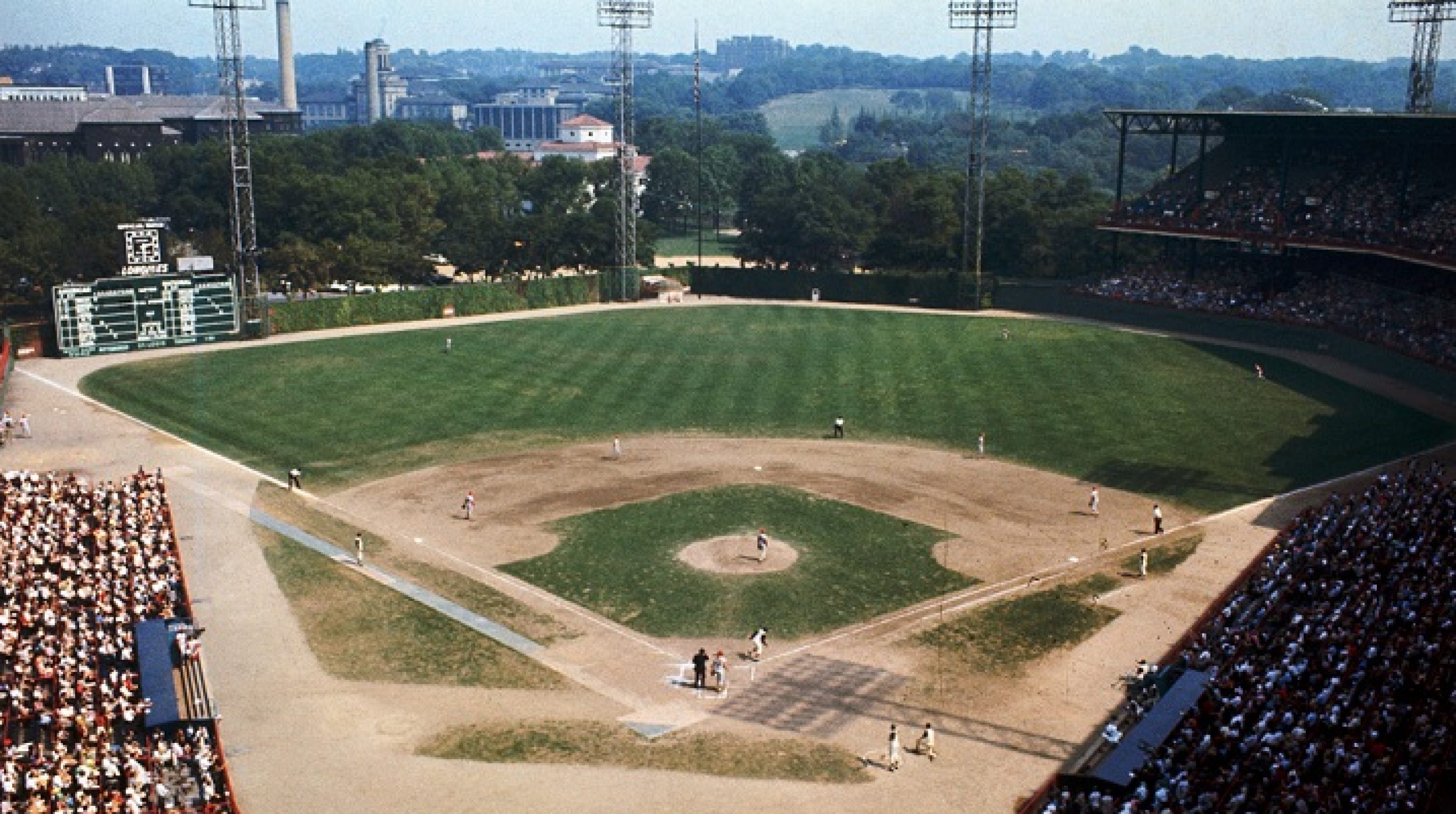
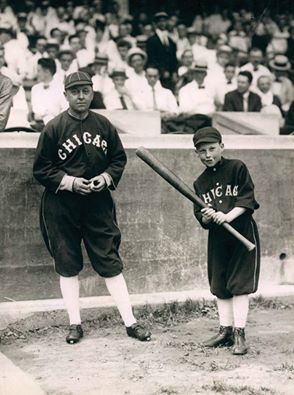
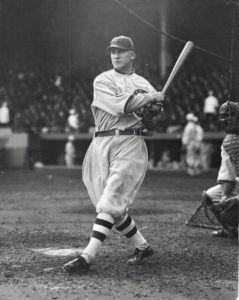
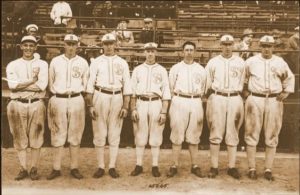
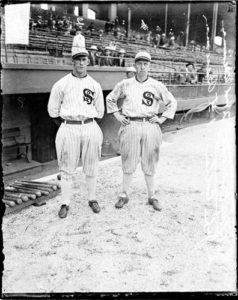
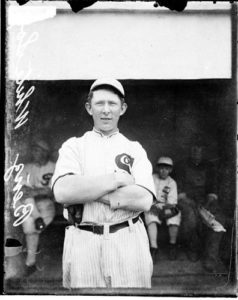
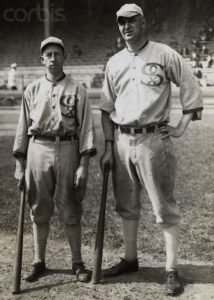
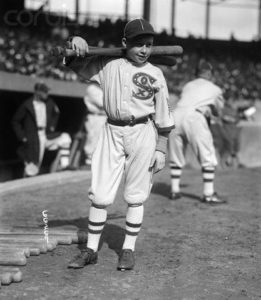
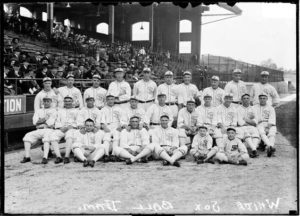
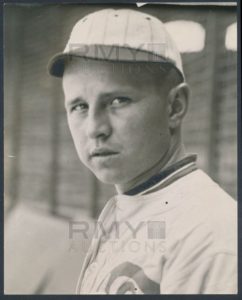
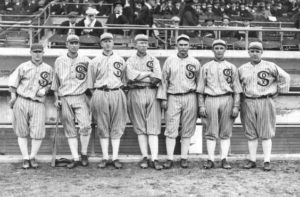
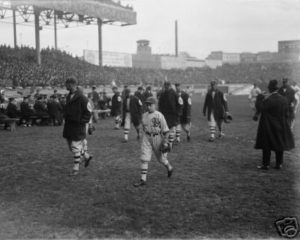
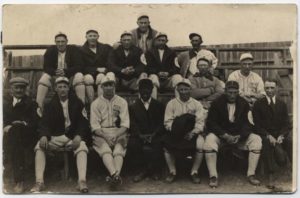
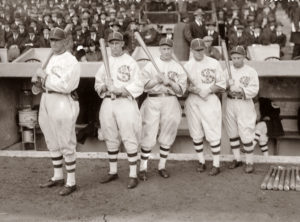
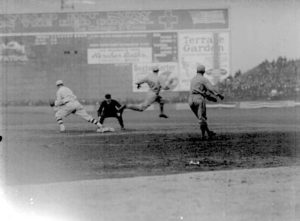
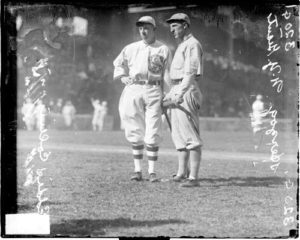
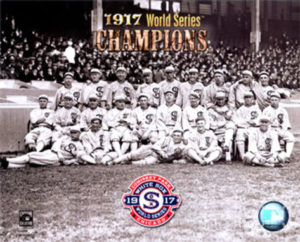
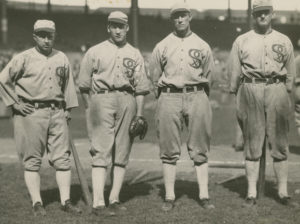
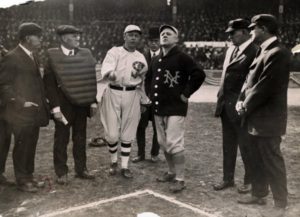
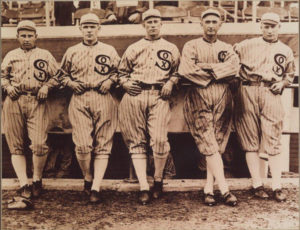
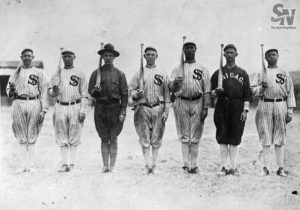
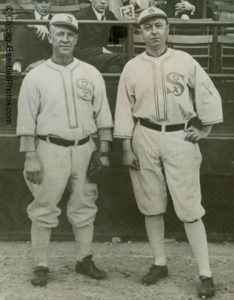
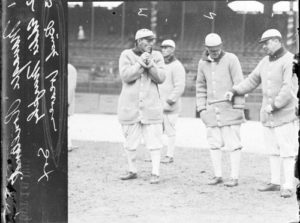
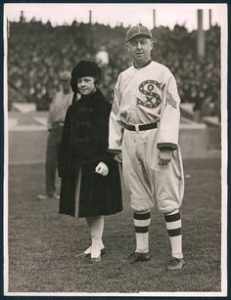
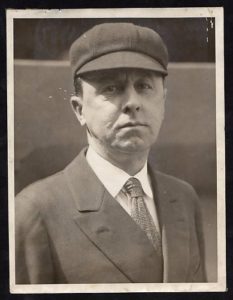
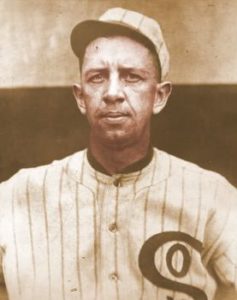
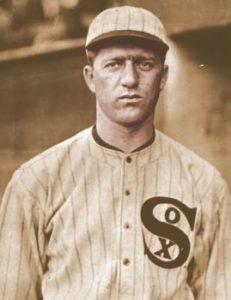
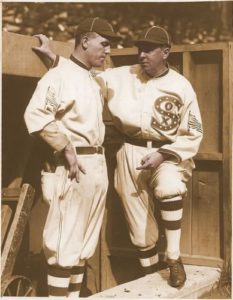
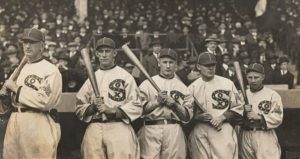

GREAT photos. It always amazes me how dirty some of their uniforms are.
Thanks again, Gary
Rich
You got it Rich!
If I recall the owner at the time wouldn’t pay to have the uniforms laundered so they had to take care of it themselves so they weren’t laundered after every game as we’re used to today. BTW Gary, really loving your blog..I’ve been doing a stream of OOTP Baseball and I’ve been making a point to show off your blog after I finish the game.
Thanks so much Wendy…keep in touch!